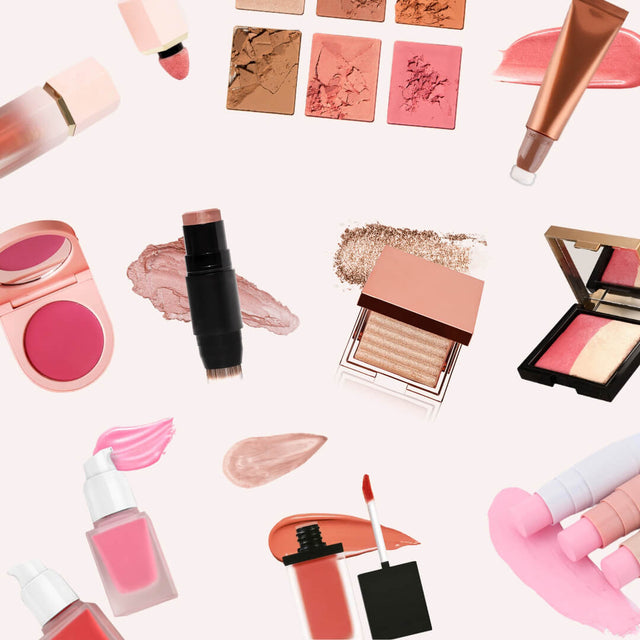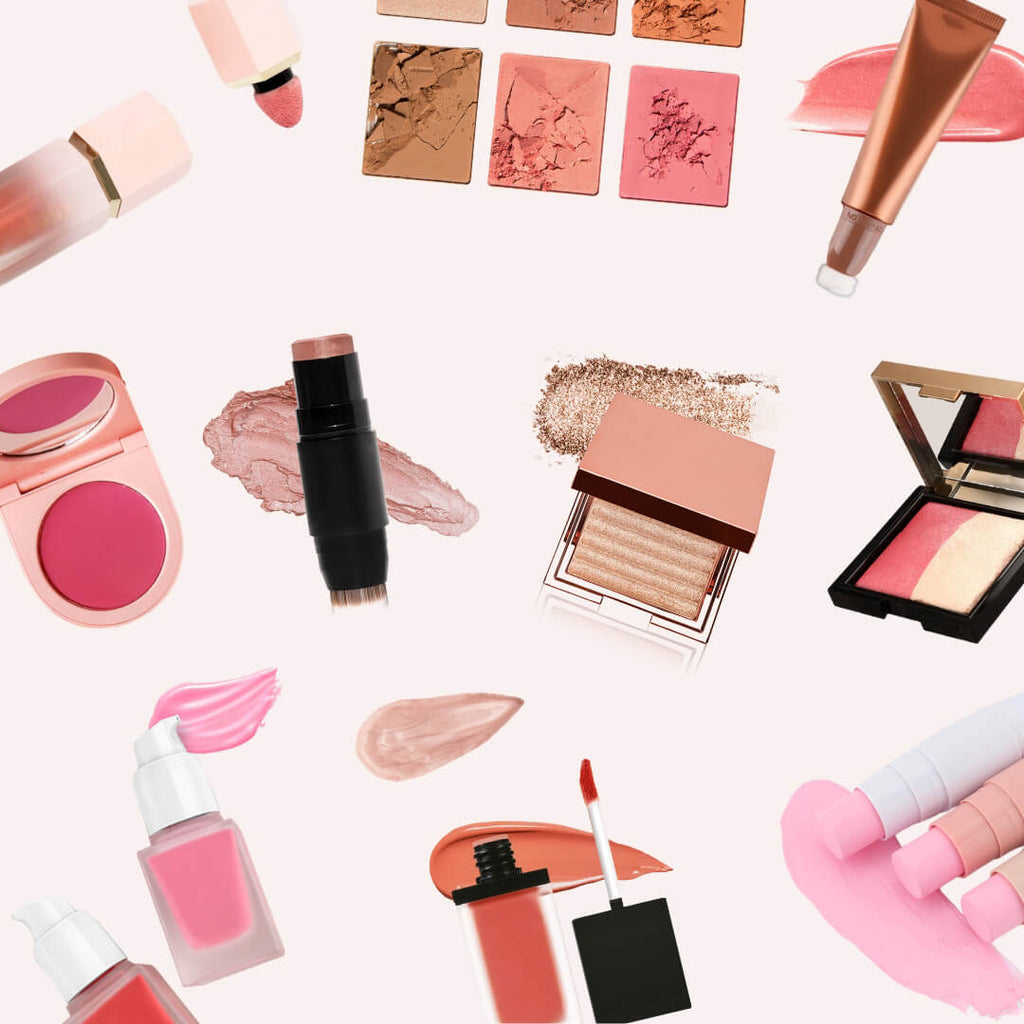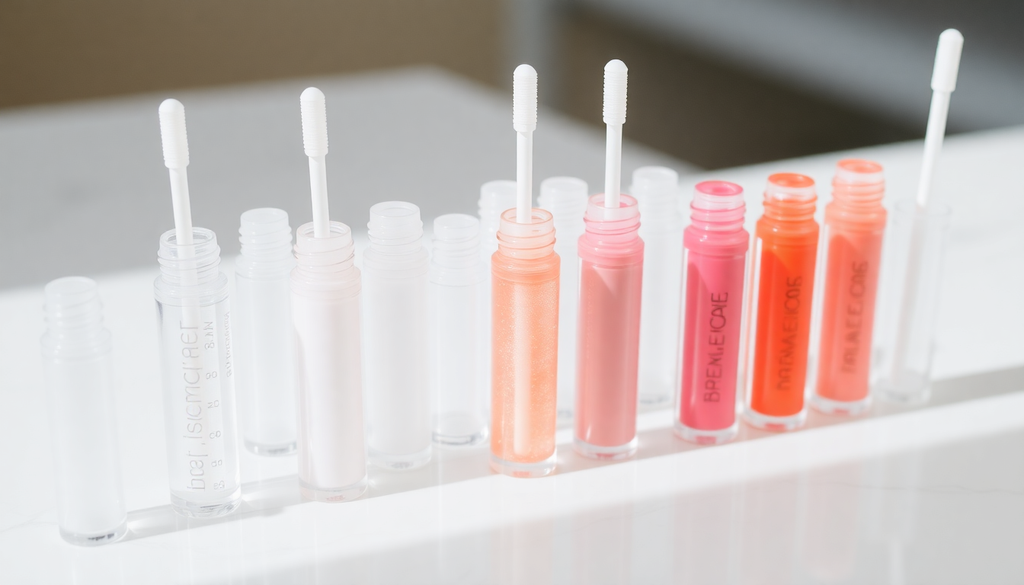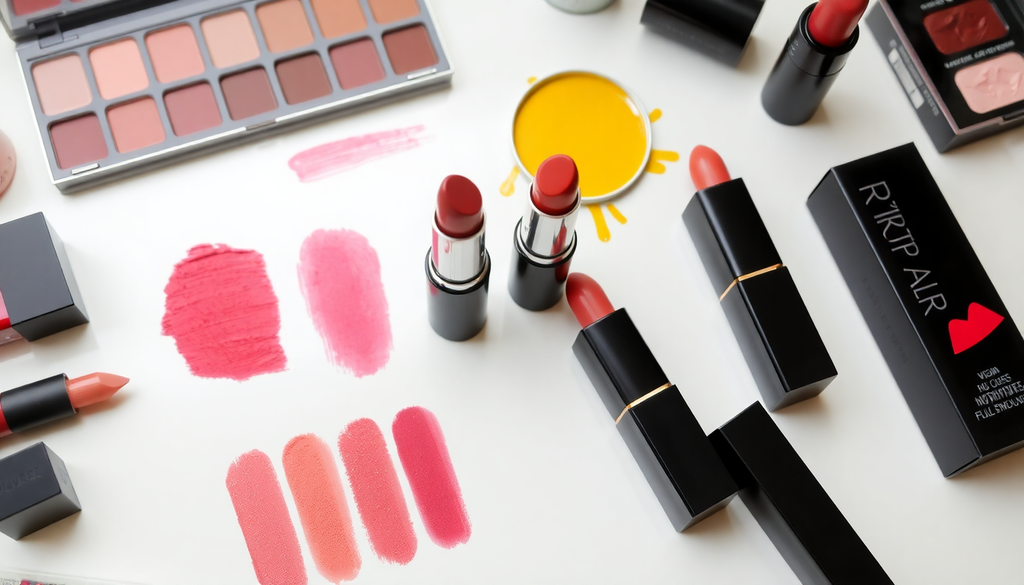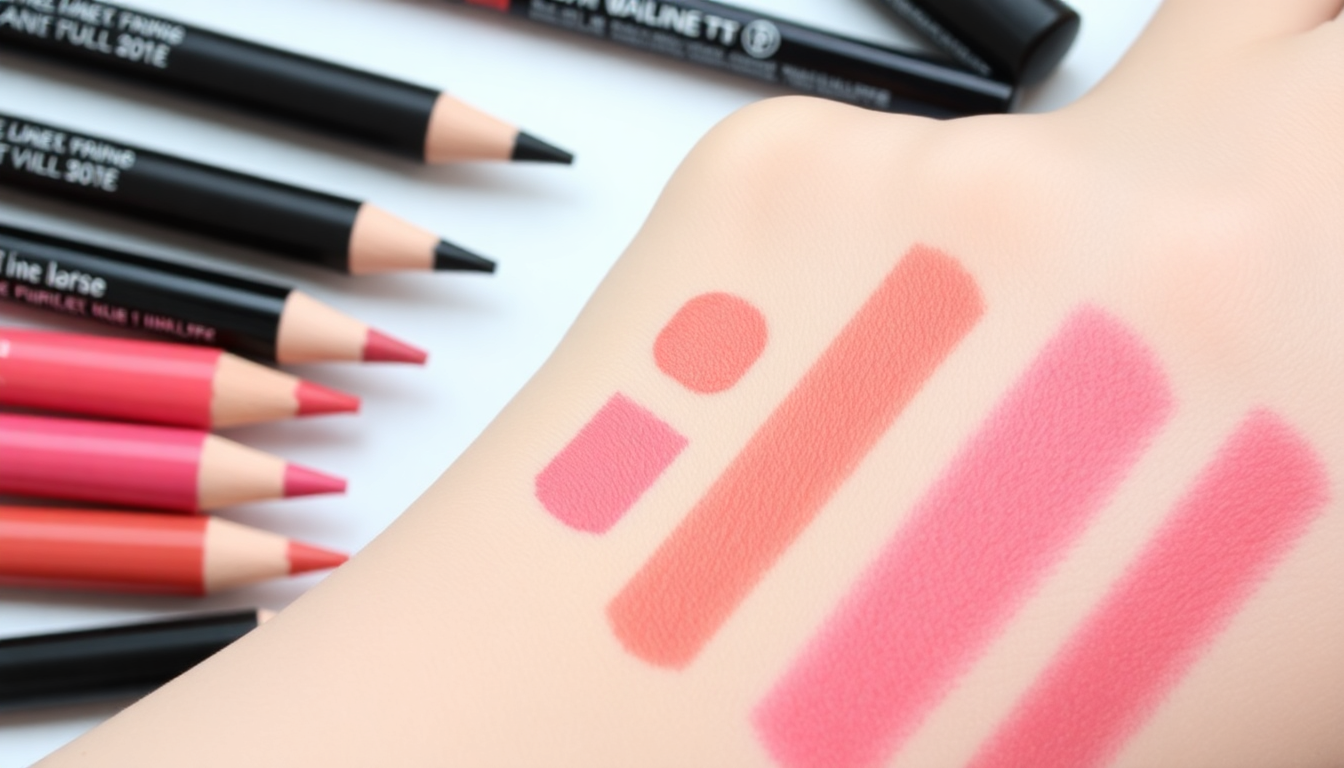
Precision Profits: Launch a Private Label Lip Liner with Vegan Glide Tech, 5‑Shade Capsule & Low‑MOQ Costing
Ultimate Guide to Launching a Private Label Lip Liner Like a Pro
If you are a beginner beauty entrepreneur, launching a private label lip liner is one of the smartest first SKUs you can choose. A lip liner is compact, high-margin, and pairs well with other lip products. This guide explains how to build a vegan-friendly formula using Vegan Glide Tech, design a strategic 5-shade capsule, and hit realistic low-MOQ cost targets so you can move from prototype to sales-ready fast.
Why Lip Liner Is a Smart Launch Product for 2024–2025
Lip liners give precision and longevity to looks, and they increasingly benefit from clean, vegan claims. Think of your 5-shade collection as a capsule wardrobe for lips: each shade should mix-and-match across occasions and seasons. Because liners are small and durable, they lower shipping costs and simplify shelf life compared with water-based lip products.
Market Signals You Should Know
- Demand for vegan beauty and cruelty-free products continues to rise globally; consumers expect transparent ingredient lists and ethical sourcing.
- Minimalist capsule collections are favored by DTC shoppers who want curated choices rather than SKU overload.
- Precision products that promise long wear and non-transfer performance are strong online sellers for indie beauty brands.
Step 1: Formula Foundations — Building Vegan Glide Tech
Vegan Glide Tech is a practical approach to lip liner formulation that swaps animal-derived waxes for plant or synthetic waxes and pairs them with slip-enhancing esters and film formers. The goal is a smooth tip that deposits color easily, resists feathering, and lasts through meals and wear.
Ingredient Guidance
- Base waxes: use candelilla wax, synthetic microcrystalline waxes, or hydrogenated vegetable oils to replace beeswax.
- Slip agents: esters like isopropyl myristate or caprylic/capric triglyceride give glide without greasiness.
- Film formers: small percentages of acrylates or natural-derived film formers improve transfer resistance.
- Pigments: use high-quality iron oxides and titanium dioxide for opacity; test 8–12% pigment loads as a starting point.
- Preservative strategy: choose water-free systems when possible to reduce preservative needs and extend shelf stability.
Formulation Checklist (Actionable)
- Start with a sample recipe from a manufacturer and request a vegan declaration.
- Request 3 prototype hardness levels so you can evaluate glide vs. tip retention.
- Run pigment dispersion trials to ensure no bleeding or streaking, especially around high-sheen liners.
- Conduct wear tests (4-hour, 8-hour, meal test) and migration tests on multiple skin types.
- Never skip stability testing including heat, freeze, and simulated shelf-life.
Step 2: Packaging That Sells — Low Cost to Premium
Your packaging choice influences MOQ, cost per unit, perceived value, and sustainability credentials. Choose with your margins and brand positioning in mind.
Packaging Options and Cost Pointers
- Basic automatic twist mechanism: generally the lowest upfront cost and easy to fill at low MOQs.
- Wooden sharpenable pencils: low tooling cost, classic feel; note sharpening can create waste for customers.
- Metalized or heavyweight barrels: premium feel but higher MOQ and per-unit costs.
- Sustainable alternatives: sugarcane-derived plastics or PCR plastics; ask suppliers about certificate chains.
- Labeling options: direct print for premium look, shrink sleeves for flexible low-MOQ runs.
Packaging Checklist (Actionable)
- Confirm MOQs for each packaging tier (250, 500, 1,000 are common breakpoints).
- Request samples of caps, barrels, and tips before committing to a run.
- Factor in assembly costs for dual-component packs or nested caps.
Step 3: Color Strategy — The 5-Shade Capsule
Curating five shades reduces inventory complexity while maximizing market fit across skin tones and seasonal trends.
How to Select the 5 Shades
- Shade 1: Warm nude — everyday definition for medium to tan tones.
- Shade 2: Cool nude — for fair and cool undertones; excellent for bridal looks.
- Shade 3: Rosy mauve — universal flattering soft shade that sells consistently.
- Shade 4: Deep brown or burgundy — pairing option for darker lips and evening looks.
- Shade 5: Seasonal accent (terracotta for spring/summer or berry for fall/winter).
Color Selection Checklist (Actionable)
- Use customer avatar research to prioritize two core neutrals and three secondary shades.
- Request Pantone equivalents from your manufacturer for final approval.
- Order small swatch runs to test real-world matching under natural light.
Step 4: Cost Control Tactics — Real Manufacturing Numbers
Understanding the real costs and hidden fees is essential to pricing your private label lip liner competitively while protecting margins.
Cost Benchmarks and MOQ Realities
- Low-MOQ ranges: many manufacturers accept 250–500 units per shade for simple pencil formats; automatic mechanisms commonly start at 500 units per shade.
- Estimated COG per unit (basic packaging, vegan formula): approximately 0.90 to 1.80 USD at MOQs of 500–1,000. Premium options add 0.80–1.50 USD more per unit.
- Added costs to budget: color matching fees, stability testing, labeling/safety data, and freight. Add 12–20% on top of base COG to be safe.
Budget Control Checklist (Actionable)
- Negotiate price tiers and confirm exact breakpoints for MOQs.
- Consolidate services with one vendor to reduce separate shipping and handling fees.
- Plan a pre-order or limited first run to validate demand before scaling MOQ.
Manufacturer's Corner — How a Good Partner Helps
A reliable manufacturer is part laboratory, part logistics partner. They should provide prototyping, ingredient sourcing, regulatory support, and small-batch runs so you can iterate quickly.
5 Critical Questions to Ask Potential Suppliers
- Can you provide vegan and cruelty-free declarations and full ingredient breakdowns for custom cosmetics formulations?
- What are your minimums for pencil versus automatic twist packaging, and how flexible are you on mixed-SKU runs?
- Do you perform stability and migration testing in-house and supply certificates of analysis?
- What are your lead times for prototypes, color matches, and production batches?
- How do you handle defective units, returns, and batch traceability?
Quality Control, Compliance & Regulatory Steps
Regulatory requirements vary by market. At minimum, maintain full ingredient lists, batch records, and safety assessments. If you plan to sell in the EU or UK, ensure compliance with regional cosmetics regulations. In the US, follow FDA guidelines and ensure accurate labeling.
Marketing & Launch Plan — Convert Interest to Sales
Position your lip liner as a precision, vegan product. Use these tactics:
- Launch with a hero before-and-after demo to show precision and non-feathering benefits.
- Create content comparing pencil vs. twist advantages and show pigment payoff swatches.
- Bundle the lip liner with a matching lipstick or gloss for higher AOV.
Packing, Fulfillment & Scaling
Start with a 500–1,000 unit pilot and use direct-to-consumer fulfillment to reduce warehousing costs. Once demand stabilizes, negotiate larger production runs to lower per-unit COG and expand into retail channels.
Final Launch Checklist
- Finalize formula and secure vegan declarations.
- Approve packaging samples and label copy.
- Complete stability and wear testing and keep documentation on file.
- Place a small initial order aligned with negotiated MOQ tiers.
- Plan pre-orders or a soft launch to validate market fit and cashflow.
Key takeaway: Start with a focused, well-tested 5-shade capsule using Vegan Glide Tech. Prioritize stability testing, transparent MOQ negotiation, and packaging choices that reflect your brand and margins. With a thoughtful approach you can launch a competitive private label lip liner that balances product performance and cost efficiency.
Ready to formulate and get prototype pricing? Request our Private Label Lip Liner Starter Kit at [CONTACT PAGE]

